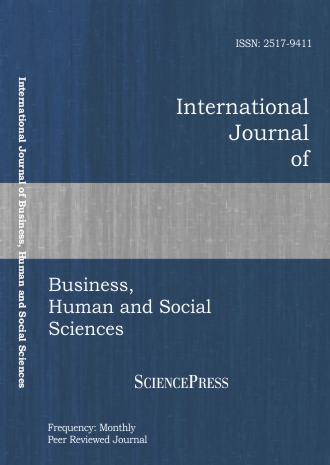
Scholarly
Volume:9, Issue: 6, 2015 Page No: 2244 - 2247
International Journal of Business, Human and Social Sciences
ISSN: 2517-9411
1119 Downloads
The Syllabic Scrutiny of Word Stress in Najdi Saudi Arabic
This study will provide a brief description of the stress in Najdi Arabic dialect as well as Modern Standard Arabic. Beyond the analysis of stress patterns, this paper will also attempt to deal with two important phenomena that affect stress, namely epenthesis/insertion, vowel shortening, and consonant (the glottal stop) deletion.
Authors:
Keywords:
References:
[1] J. Watson, The Phonology and Morphology of Arabic. Oxford, New York: Oxford University Press, 2007.